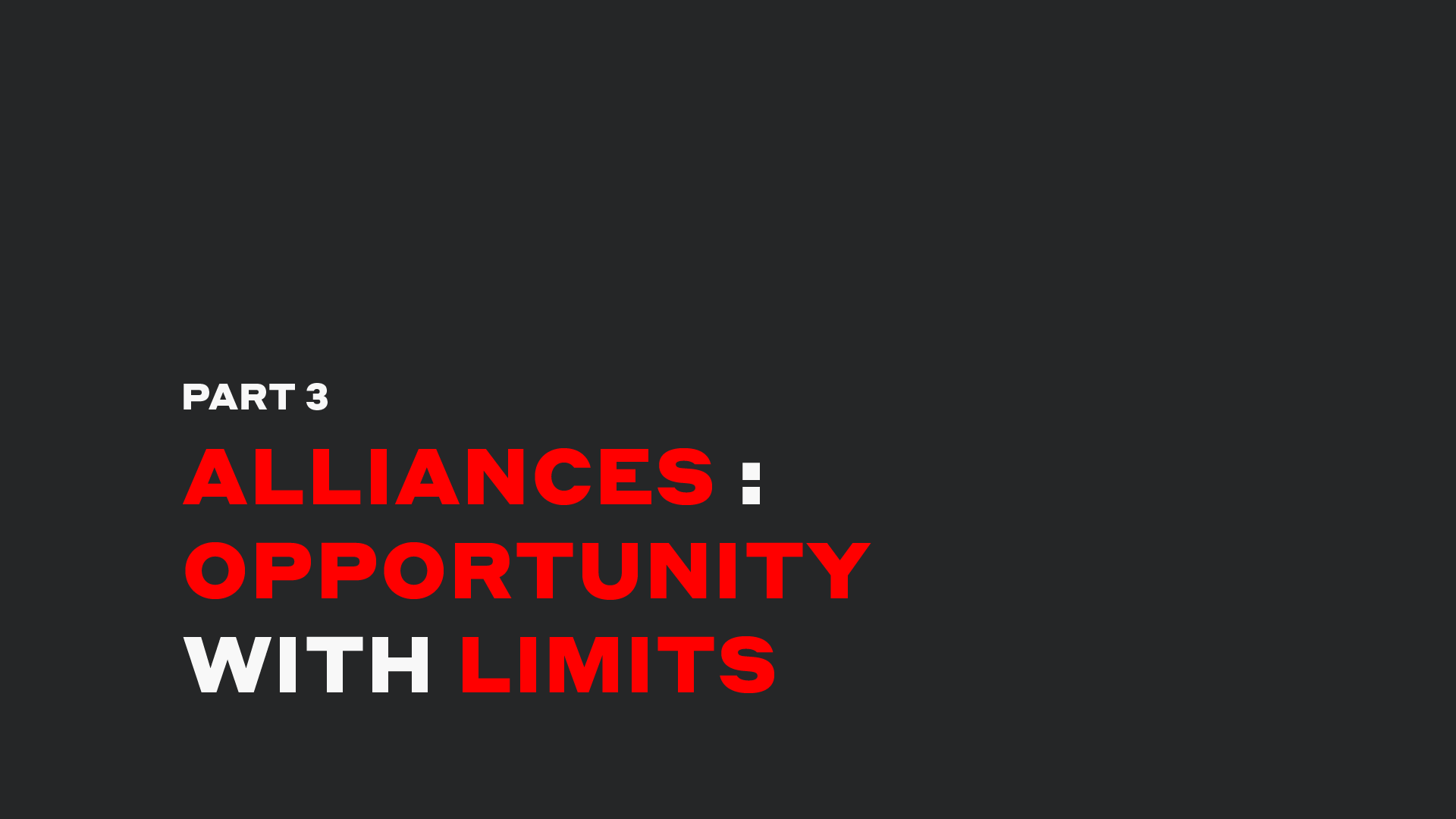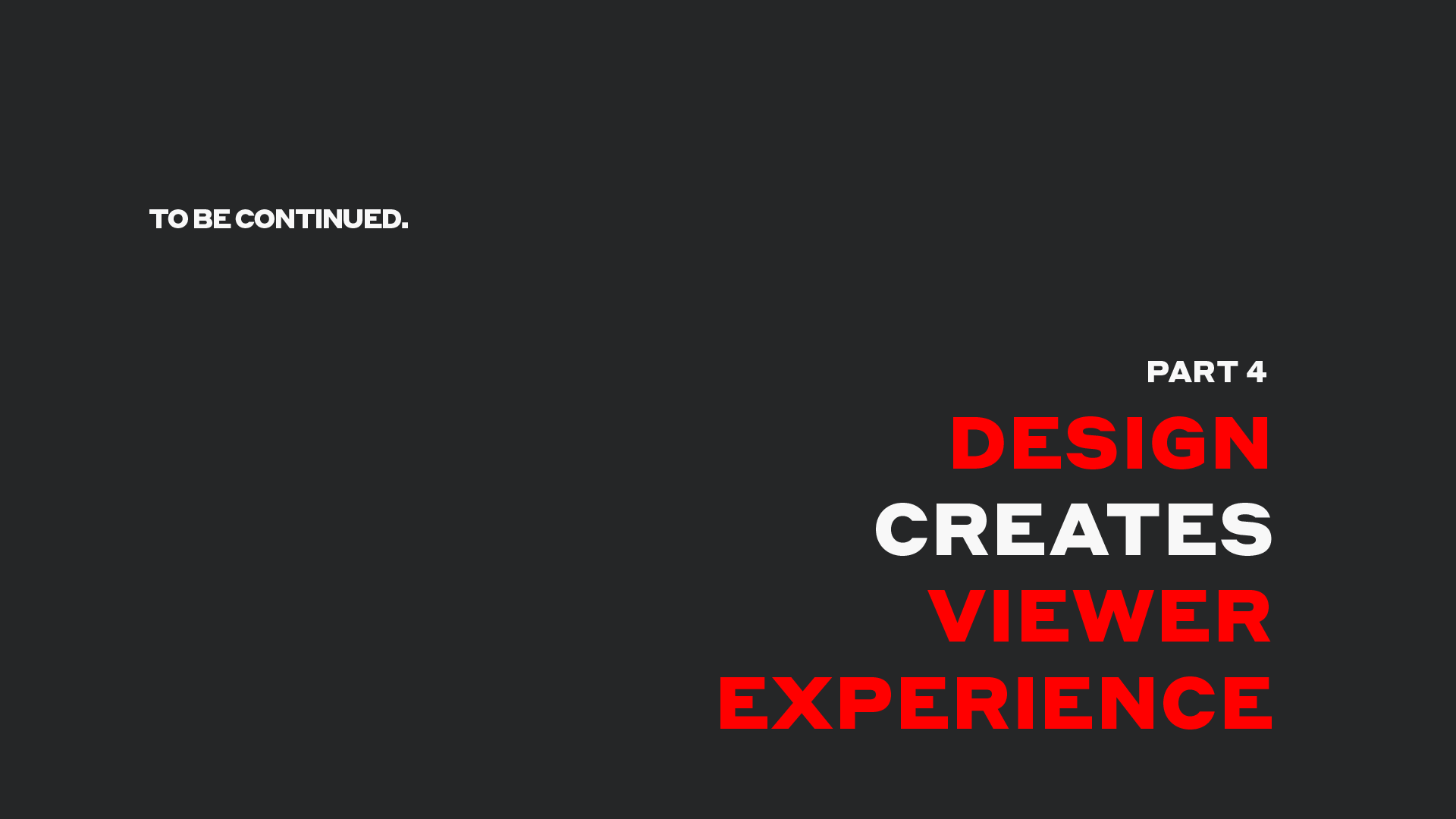Tv is (not) dead (yet) : episode 3
Tv is (not) dead (yet) : episode 3
Today’s world is fluid. So, as designers, we have to be agile thinkers and capable of not only understanding who our clients are, but also the complex and hybrid industries that they work in if we want to be able to deliver the best creative solutions.
In this 5 part series which runs through till Friday, we will examine the main pressures that are shaping the European television market and show how our profession – design – is essential in order to survive in today’s rapidly changing TV world.
We are Gédéon. A creative agency and production company that designs visual identities and creates on air, digital and print communication tools for TV channels as well as for many other types of brands.
Brand design

Many European broadcasters are facing up to the hard truth that the big digital players have a significant financial and technical advantage over them.
In 2015, for example, the GAFAs generated the same revenue as a medium-sized national economy…
GAFAs 2015 revenues :
$433 billion
AUSTRIA international monetary funds :
$434 billion
Facing this pressure, some broadcasters are putting aside their differences – and we know there must be many!- and collaborating with one another to create joint streaming services.
So far, we have seen the formation of Salto (the pay-for OTT service offered by M6, TF1 and Francetelevisions in France) and LovesTV (the free service from Atresmedia, Mediaset and RTVE in Spain).
Others say that content is the key differentiator in a fragmented market place and is the golden ticket to luring back audiences from the grips of Amazon Prime and Netflix. So, some broadcasters are collaborating with their international counterparts in order to produce competitive content.
The Nordic 12 Initiative is one such collaboration : 5 public broadcasters from different Nordic countries, have agreed to distributing 12 of the best Nordic drama series between them every year.
« Drama is an obvious way to reach a broad section of Nordic viewers through content that deals with our shared culture and identity and has the power to link the Nordic countries across different languages and generations. »
Maria Rorbye Ronn,
director general of DR
The clear advantage of this cross-border approach is that it avoids direct competition between their respective audiences, while speaking to a shared culture puts them in a superior marketing position, giving broadcasters and advertisers a valuable opportunity to target audiences on a more relevant and intimate level.
But no new venture comes without its risks. Although these initiatives and others like them are in the works, there is still a lot of uncertainty about how they will roll-out and affect the marketplace.
Regarding national alliances, for example, there are potential issues surrounding competition regulation. In some countries, if channels who hold the lion’s share of audiences join forces, they might land in hot water with the competition and markets authority for posing a threat to other competitors.
If broadcasters are going to rely on joint platforms to compete, regulators need to be much less restrictive when it comes to alliances between equally positioned players in the TV value chain.
Aside from negotiating tricky regulation, there is also the glaring issue of internal competition between members of the alliances themselves. Most broadcasters already have their own streaming platforms they wish to promote, many of which are available for free and enjoy a lot of success. To give one example, the tv network M6, that forms one third of the French Salto alliance, had a record-breaking number of views on their own play-back platform 6Play last year.
1.4 billion videos viewed
on 6Play in 2018
What will the launch of alliances therefore mean for pre-existing replay services like this?
As your services multiply, the strategy between them needs to be clear and well coordinated.
This is especially important if a new, joint service will be a paid subscription model while many channels already have playback platforms that are offered for free.
First of all, what is going to convince the public to pay for channels that in some cases they already access for free?
And second, what’s going to convince broadcasters to divert their attention and investment into a collaboration with competitors?
Another very complex sticking point is broadcasting rights, which not only vary between countries, but between individual broadcasters.
In Europe, rights for shows are sold country by country, making it difficult to have a seamless European service like the US Hulu, for example.
Added to this, not all broadcasters own the rights to their content, they’re owned by independent producers, a factor which could severely hinder the scope of some alliances.
Another aspect that could hold broadcasters back is the lack of technical and design thinking.
No one is saying that investing in coproductions and content isn’t a good thing. But it is not enough. If alliances like the Nordic12 want to succeed they also need to invest in technological capabilities.
You need an IT department that leads, not just supports, the business model.
Today, it’s a question of design and technology working together to deliver the best viewer experiences. Broadcasters would be taking a huge risk in ignoring the importance of this.

Next Project
Tv is (not) dead (yet) : episode 4